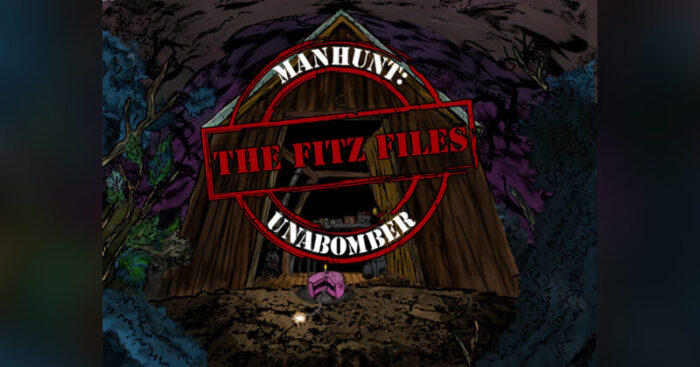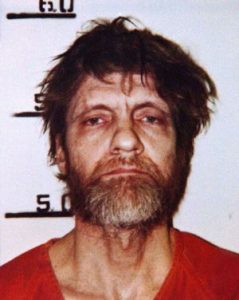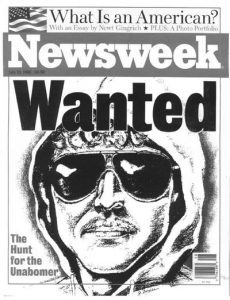
Hello everyone!
We have good news!
Through the “Forensic Linguistics” mailing list, we have been notified that James R. Fitzgerald (the forensic linguist and FBI agent who caught the Unabomber by analyzing his writings) has recently published a new podcast where he talks about the series/documentary on Netflix: “Manhunt: Unabomber”. Moreover, he has also released two of the official documents that were used to prove that Ted Kaczynski was the Unabomber, the person who wrote the “Unabomber Manifesto”. All this on the occasion of the 25th anniversary of Ted’s arrest.
Thus, in that series the events that occurred between 1978 and 1998 are recounted. However, in the podcast, titled ” The Fitz Files – Manhunt: Unabomber”, Fitzgerald talks about the differences between reality and fiction, and he does so in eight episodes, as well as a prologue and a epilogue.
Here’s the link to his personal page with the links for the podcast episodes: https://www.jamesrfitzgerald.com/the-fitz-files-manhunt-unabomber/
In addition to the podcast, Fitzgerald also announced that he was going to publish two documents that were used for the arrest of the suspect. Thus, one was one of the documents written by Ted in 1971 (a 23-page document) and the other was the 47-page document/report/affidavit with the FBI Comparative Analysis between Ted’s writings and the Unabomber Manifesto, which was decisive to obtain the warrant for being able to search Kaczynski’s cabin.
Here is the link to episode seven of the podcast, where you will also find the two documents already mentioned: https://www.jamesrfitzgerald.com/the-fitz-files-manhunt-unabomber-episode-7-lincoln/
In addition to all this, Fitzgerald has also announced that he will donate all the Unabomber-related documents in his possession (about 6000 pages) to the California University of Pennsylvania. There, the documents will be digitized and made public for researchers.
This is great news for everyone interested in this famous and high-repercussion case. I also want to mention that I (Beatriz) am personally especially excited since it is a very good opportunity to expand and deepen more in this case. I leave you the link to the information that I have already published about it, so that you can take a look if you want, and it will soon be updated with this new information:
https://blogs.ugr.es/corpusdelicti/category/cases/unabomber/
Have a nice day!
 Ted Kackynski
Ted Kackynski The famous sketch
The famous sketch FBI agent James R. Fitzgerald
FBI agent James R. Fitzgerald